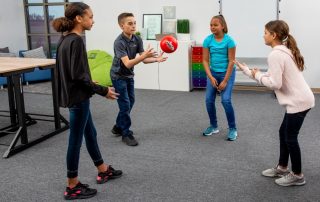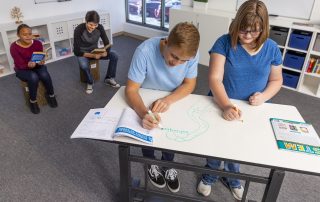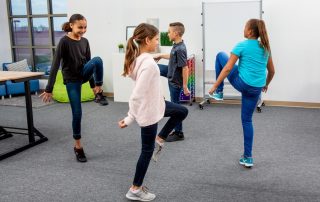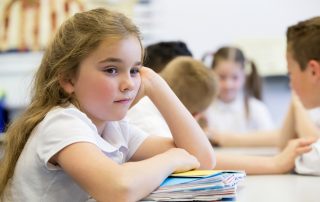Implementing Social Emotional Learning into your Lessons
Social emotional learning. SEL. What is it? Seems like a buzzword these days. The concept of SEL is not new, as it has been around for decades. The Collaborative for Academic, Social and Emotional Learning (CASEL, n.d.) defines it as: “The process through which all young people and adults acquire and apply the knowledge, skills [...]











